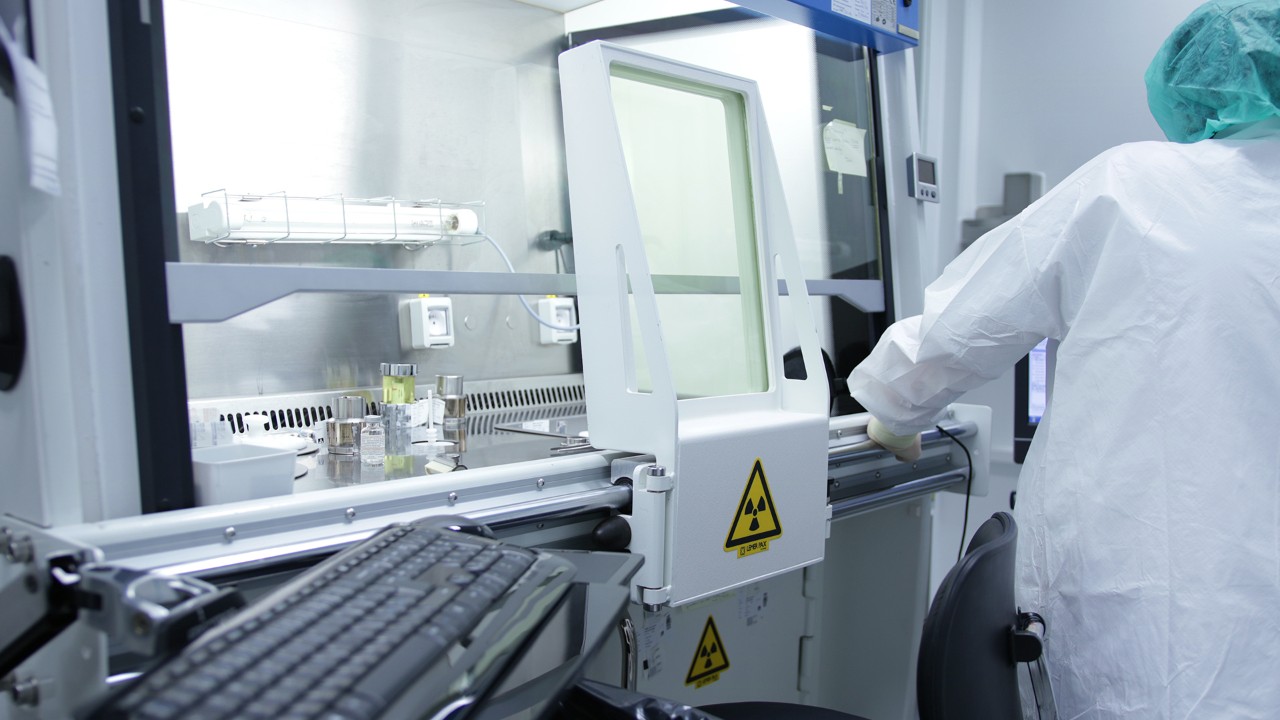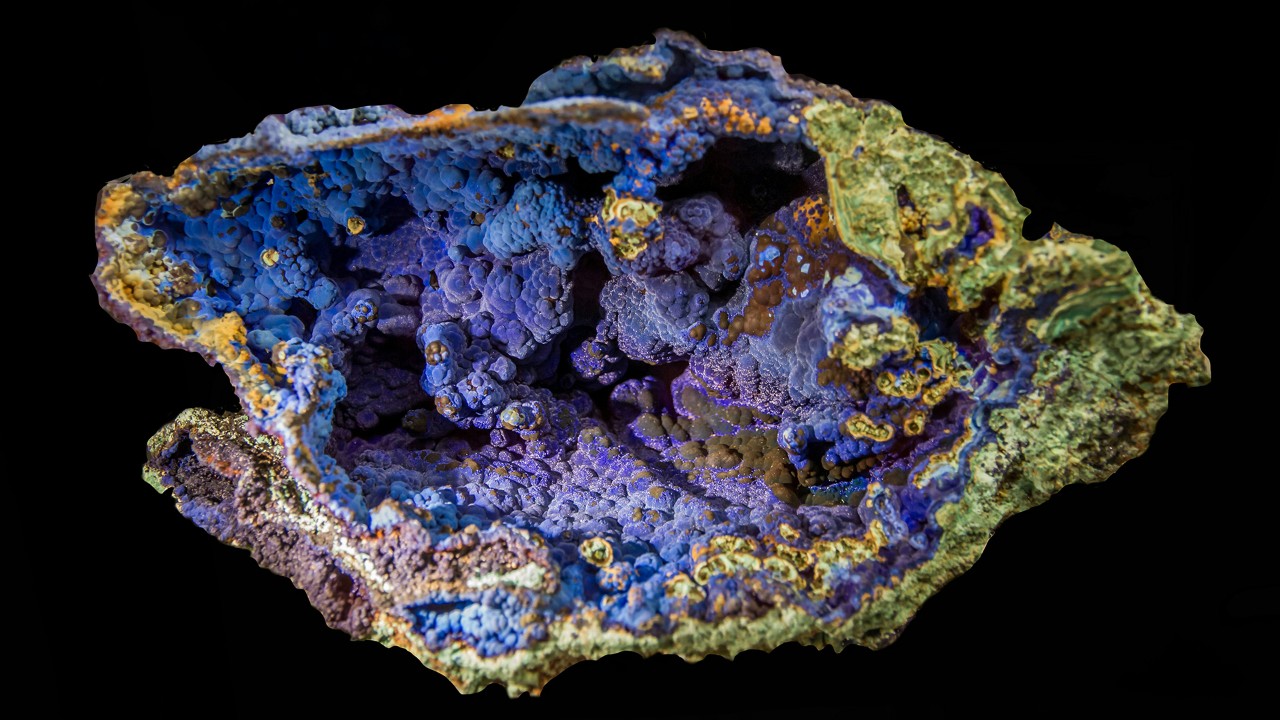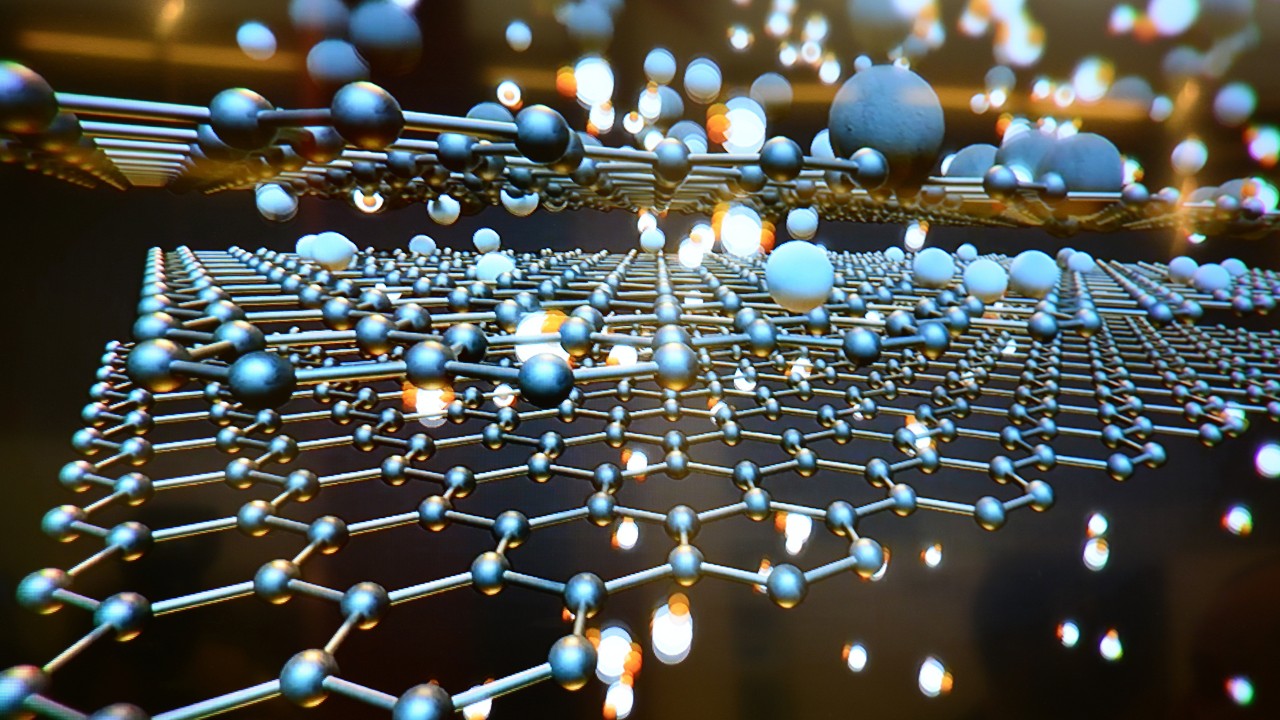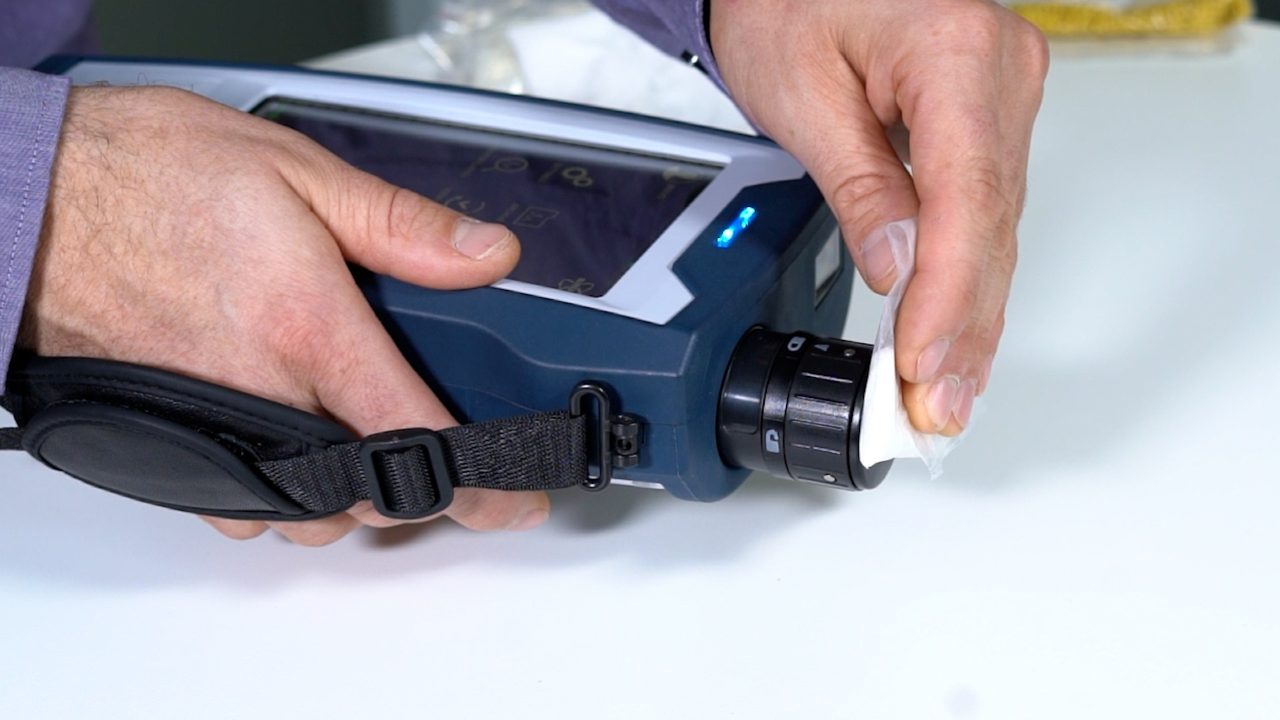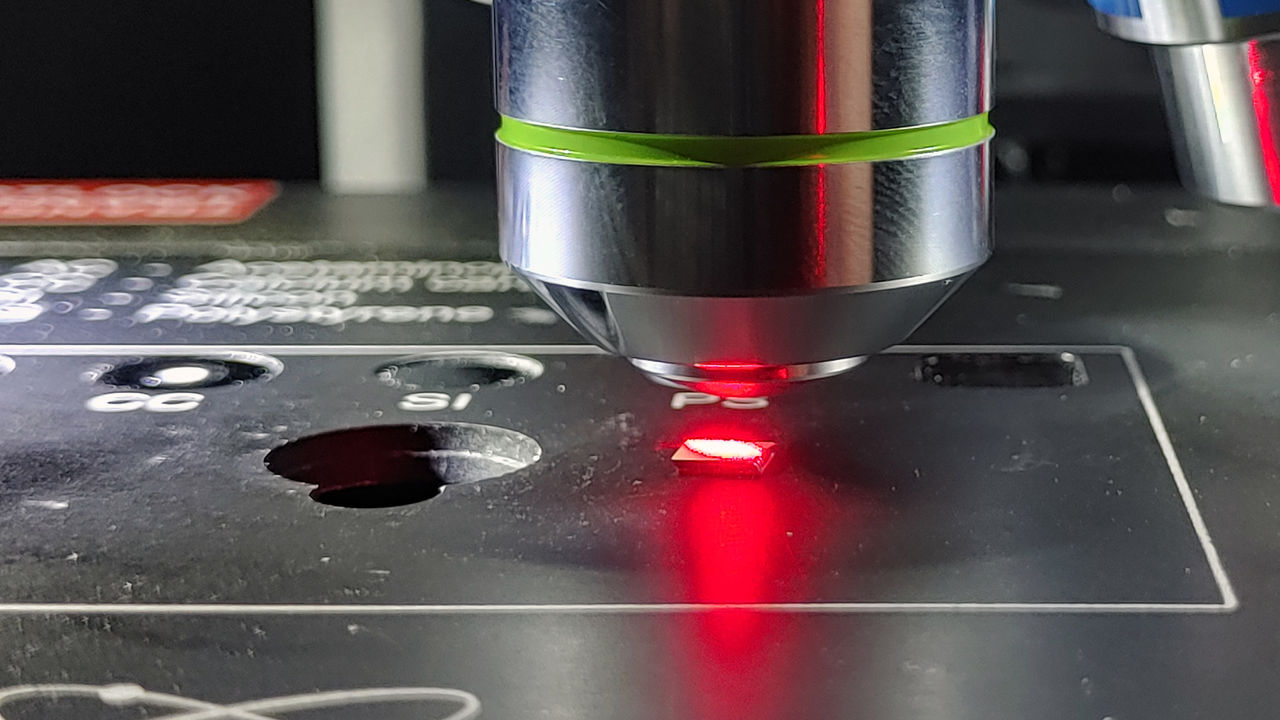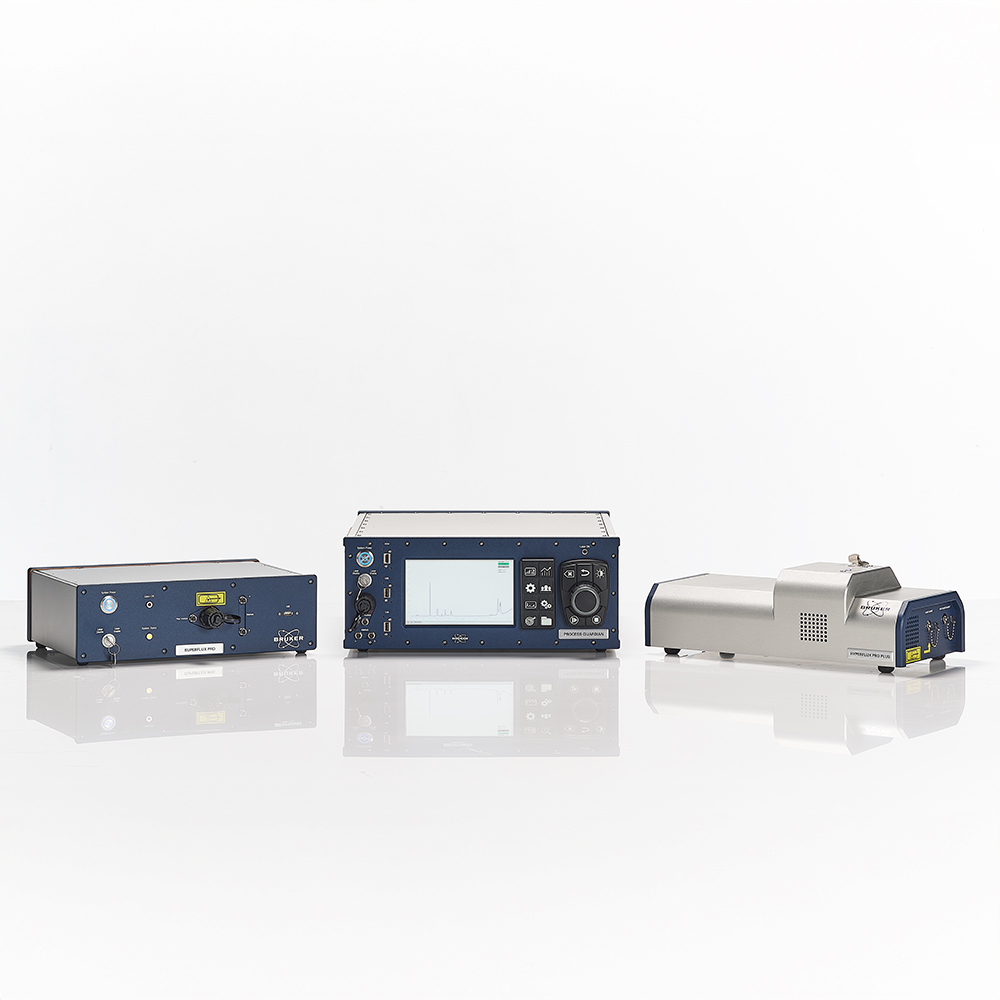Guides des applications Raman
Les applications
Les récits de Raman sont infinis.
Pourquoi utiliser la spectroscopie Raman ?
La spectroscopie Raman, comme les autres techniques d'analyse chimique, permet d'identifier, de quantifier et de caractériser un large éventail de substances. Cependant, elle est plus spécialisée que d'autres techniques, car elle implique davantage de considérations nécessitant des connaissances préalables.
Malgré cela, la spectroscopie Raman reste un outil puissant, doté d'avantages que les autres techniques n'offrent pas, ce qui en fait un outil précieux dans divers domaines d'étude.
- Non-contact and non-destructive:
Raman spectroscopy analyzes samples without physical contact or damage, making it ideal for sensitive or valuable materials. - Excellent data quality:
It delivers rich, detailed spectral data, allowing accurate identification and characterization across a wide range of materials. - Minimal sample preparation:
Most samples can be analyzed directly, reducing setup time and simplifying workflows in both research and routine analysis. - Works through transparent packaging:
Visible lasers enable measurements through glass, plastic, or other transparent containers—ideal for sealed or sensitive samples. - Microscale structural analysis:
Raman can examine features under 5 µm, and with specialized techniques, even detect signals from single molecules. - Ideal for aqueous environments:
Unlike many techniques, Raman is unaffected by water, making it effective for solutions, suspensions, and biological samples. - Portable, field-ready systems:
Handheld Raman devices offer real-time analysis outside the lab—perfect for inspections, forensics, and on-site identification. - Microscopy and imaging capability:
Confocal Raman imaging reveals spatially resolved chemical information, visualizing structural and compositional differences across tiny sample regions.
What can Raman spectroscopy be used for?
Raman spectroscopy is widely applicable. It is used to perform quality control, failure analysis, sample identification, materials characterization, and in general to investigate physical and chemical properties. Raman spectroscopy can also be enhanced by microscopy, increasing its usefullness to the analyses of smallest structures and nearly any substance.
Analyzing carbon materials
Raman spectroscopy is essential for analyzing and characterizing advanced carbon materials with unmatched precision, structural insight, and non-destructive measurement capabilities.
- Identifies bonding types and detects structural defects.
- Measures graphene layers and nanotube diameters.
- Enables fast, non-destructive material characterization.
Materials science and researching new materials
Raman spectroscopy is a versatile tool for material analysis, supporting quality control, failure investigation, and research through precise, non-destructive chemical and structural characterization.
- Identifies unknowns and quantifies additives in manufacturing.
- Tracks degradation like polymer aging or cement corrosion.
- Analyzes microstructures in coatings, ceramics, and biomaterials.
Pharmaceuticals
Raman spectroscopy supports every stage of pharmaceutical development, from formulation analysis and stability studies to production control and final product verification.
- Identifies components in existing formulations for reverse engineering.
- Monitors stability and isolates target molecules by structure.
- Ensures purity and uniformity in solid or liquid drugs.
Life Science
Raman spectroscopy is ideal for biological research, enabling non-destructive analysis of cells, proteins, DNA, and tissues—even in aqueous environments.
- Maps cellular and tissue structure with chemical imaging.
- Analyzes proteins and DNA in biological processes.
- Detects disease markers like cancer-related protein changes.
Energy Technology
Raman spectroscopy supports innovation in energy technologies by providing detailed chemical insights for battery and solar cell development.
- Probes silicon structure during solar cell production.
- Monitors chemical changes in active battery materials.
- Analyzes components even in aqueous or sealed environments.
Forensic Science
Raman spectroscopy offers fast, non-destructive analysis for forensic science, from field investigations to detailed lab analysis of trace evidence.
- Identifies substances through packaging, including drugs and explosives.
- Enables on-site analysis with portable handheld devices.
- Detects and characterizes trace evidence using Raman microscopy.
Art Conservation and Cultural Heritage
Raman spectroscopy is a non-invasive tool for studying art, artifacts, and historical materials without damaging or altering precious cultural heritage samples.
- Identifies pigments and materials used in original artworks.
- Assesses degradation to guide accurate restoration.
- Reveals historical techniques and cultural context by material analysis.
Utility of Raman Microscopy and Imaging
Raman microscopy and imaging are useful across many different areas. It is utilized for high-resolution and sensitive Raman spectroscopic analysis in various applications, including material science, chemistry, and life science.

